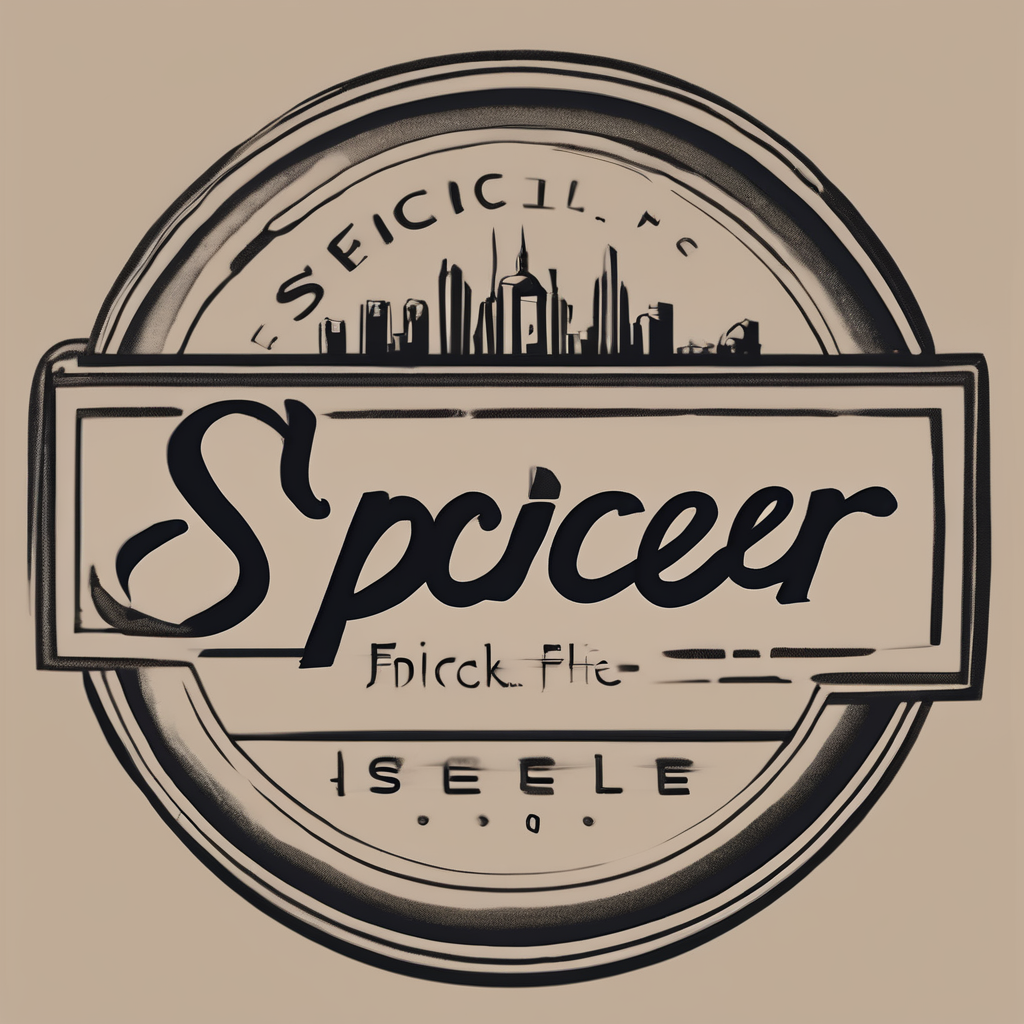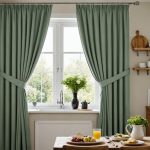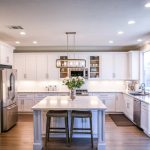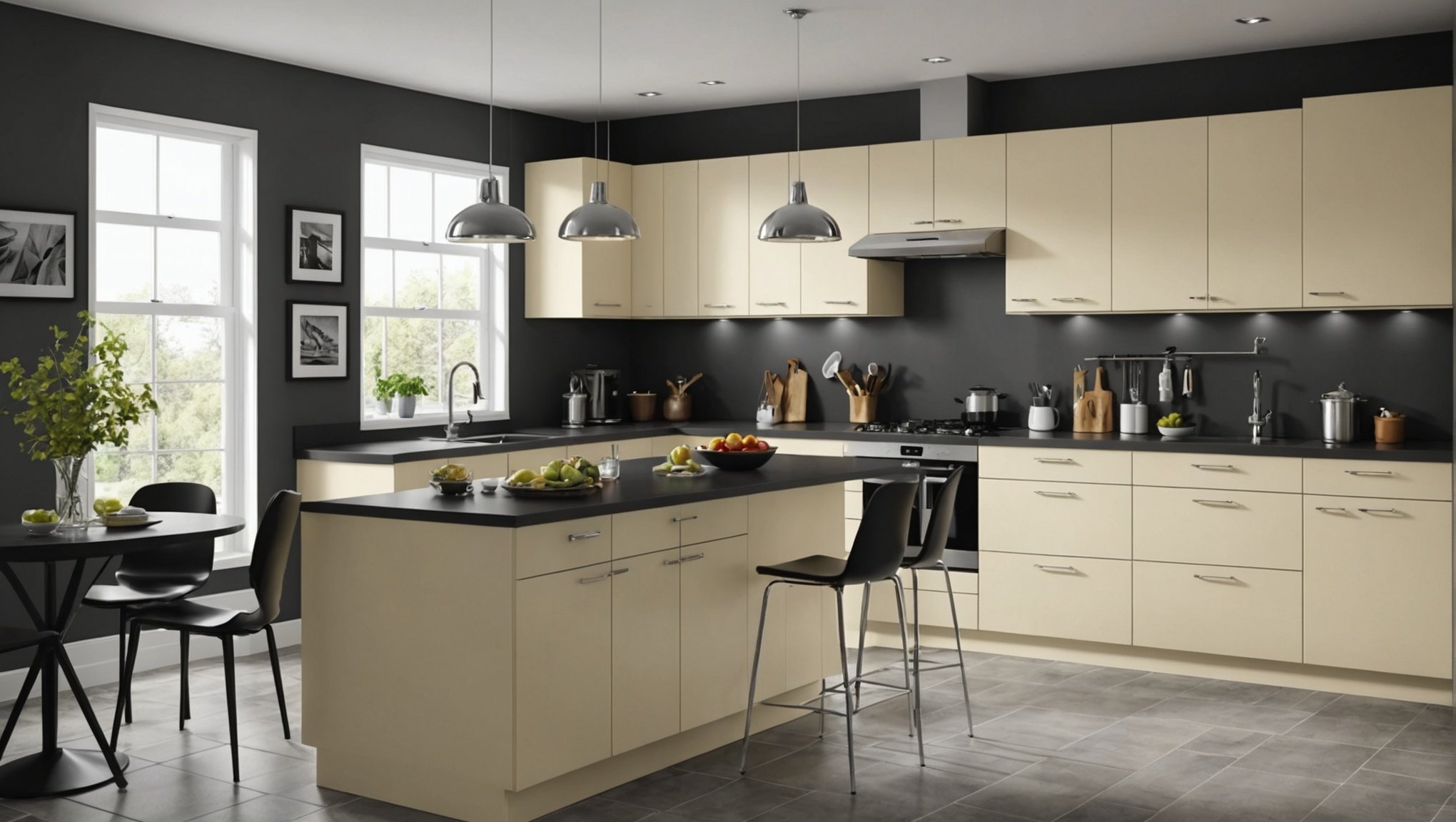Choosing the right color palette for your kitchen can indeed be a daunting task. With an endless array of colors, finishes, and textures to choose from, it can feel overwhelming trying to select the perfect shade that’ll complement the rest of your home without clashing with your existing decor. But don’t worry! We’re here to guide you through this process, providing you with some ideas and practical tips on how to seamlessly integrate your kitchen’s design into the overall aesthetic of your home.
Choosing the right paint color for your kitchen cabinets
Your kitchen cabinets are one of the most dominant features in this room. The color you choose for them can significantly impact the overall feel and mood of the space. So, when selecting a paint color for your cabinets, it’s important to consider the existing colors in your home, particularly in the rooms adjacent to your kitchen.
Also read : What are the best types of lighting for a cozy breakfast nook?
If you’ve got a predominately white or light-colored home, you might want to consider painting your kitchen cabinets a soft gray or blue. These colors add a little depth and personality to the room without overwhelming the space. On the other hand, if your home has more bold and vibrant colors, you might want to consider painting your cabinets a darker shade like a deep green or navy blue, to create a more dramatic and harmonious look.
Remember, the key here is to choose a cabinet color that seamlessly blends with the rest of your home. If you’re unsure about the color you’ve chosen, consider painting a small test area to see how it looks in different lighting conditions before committing to painting all your cabinets.
Also read : What are the innovative ways to integrate a refrigerator into your kitchen design?
Integrating the backsplash with your overall home design
The backsplash is another crucial element in your kitchen that should harmonize with the rest of your home. An ideal backsplash color should complement the cabinet and wall paint, tie in with your countertop material, and also echo the color scheme of your home.
For instance, if your home has a contemporary design with clean lines and minimalistic features, then a white or gray backsplash would suit perfectly. On the contrary, if your home has a rustic or traditional design, a backsplash in earthy tones or warm colors would be more appropriate.
If you’re feeling adventurous, you could also consider a colorful mosaic or patterned backsplash. However, ensure the colors within the mosaic or pattern tie in with the overall color scheme of your home to maintain a cohesive look.
Selecting a wall color that complements the rest of your rooms
Choosing the right wall color is just as important as selecting the right cabinet color. The wall color sets the tone for the room and plays a major role in defining the kitchen’s overall feel.
When choosing a wall color, you should consider the colors in the rest of your home. If you have a lot of earth tones in the other rooms, you might want to choose a complementary color for your kitchen walls. For instance, a soft green or blue can create a relaxed and calming vibe, whereas a vibrant yellow or orange can add a cheerful and energetic feel to the space.
Also, remember that lighter colors tend to make a room feel larger and more open, while darker colors create a more cozy and intimate atmosphere. So, consider the size and lighting conditions of your kitchen when selecting a wall color.
Incorporating color through kitchen accessories
Apart from the cabinets, backsplash, and walls, there are numerous other elements in your kitchen where you can incorporate color. Items such as bar stools, curtains, rugs, and even appliances can be great ways to inject some color and personality into your kitchen.
For instance, if you have a white kitchen, consider adding pops of color through your kitchen accessories. You could opt for blue bar stools, a green rug, or even a colorful backsplash. These colorful elements can help break up the monotonous white and add an element of fun and playfulness to your kitchen.
On the contrary, if your kitchen has bold and vibrant colors, consider using neutral or subtle colored accessories to balance out the intensity and prevent the room from feeling too overwhelming.
Remember, the goal here is to create a cohesive look by ensuring the colors in your kitchen complement the colors in the rest of your home. So, choose your kitchen accessories wisely!
Consider your kitchen’s function and layout
Finally, consider the function and layout of your kitchen when selecting your colors. If your kitchen is a high-traffic area where you frequently cook and entertain, you might want to opt for darker and more durable finishes that can withstand regular use and occasional spills.
Alternatively, if your kitchen is more of a showpiece or a place where you rarely cook, you might want to opt for more delicate and high-end finishes that can elevate the space’s aesthetic appeal.
Moreover, if your kitchen is small, opt for lighter colors to make the space appear more spacious and open. Conversely, if your kitchen is large and spacious, you can experiment with darker or more vibrant colors to add depth and warmth to the space.
In conclusion, choosing the right colors for your kitchen involves a bit of strategy, some creativity, and a good understanding of your home’s overall design and color scheme. But with the right approach and a bit of patience, you can create a kitchen that not only complements the rest of your home but also reflects your unique personality and style.
Finding the perfect color palette for your kitchen appliances
Layout, design and colors play a key role in determining the overall aesthetic of your kitchen. A perfect match between your kitchen cabinets, walls and appliances can create harmony and balance in your space.
Kitchen appliances are often the last elements considered in the grand scheme of kitchen colors. However, these items are integral to the overall design of your kitchen and should not be overlooked. You can either choose appliances that blend in with the kitchen cabinetry and wall colors or use them as a pop of color to break the monotony.
If your kitchen has a neutral color palette, you might consider adding color through your appliances. For example, a red toaster or a mint green refrigerator can add a lively and playful touch to a white or grey kitchen. Brands like Benjamin Moore offer a variety of colorful appliances that can add a unique twist to your kitchen decor.
On the contrary, if your kitchen has bold colored cabinets or walls, you might want to opt for stainless steel or black appliances. The key is to maintain a balance between the colors of your appliances and the rest of your kitchen.
Remember, the choice of appliance color should not only reflect your personal style but also compliment the rest of your home. So, do not be afraid to experiment until you find the perfect combination that brings joy to your space.
How to use lighting to enhance your kitchen colors
Lighting is an often overlooked aspect when deciding on kitchen colors. However, it plays a crucial role in how colors are perceived in your kitchen.
Remember that different types of light sources can drastically alter the way paint colors look. For instance, incandescent bulbs produce warm, yellowish light that enhances warm tones, while fluorescent lights produce a cooler, bluish light that accentuates cooler tones.
For a more accurate representation, Farrow & Ball suggests testing your paint colors in both natural and artificial light before making a final decision. It is also essential to consider the amount of natural light your kitchen receives. A room with plenty of natural light can handle darker colors better than a room with limited natural light.
Accent lighting, under cabinet lighting, and pendant lights can also be used to highlight certain areas and create visual interest in your kitchen. For example, you can use accent lighting to highlight your gorgeously painted kitchen cabinets or under cabinet lighting to illuminate your beautifully patterned backsplash.
In conclusion, there’s no one-size-fits-all approach to choosing the perfect color for your kitchen. It’s about combining your personal style with a keen sense of how colors can blend and complement each other to create a coherent and harmonious look. Don’t be afraid to experiment, and remember, your kitchen should be a space that brings you joy, comfort, and inspiration.






